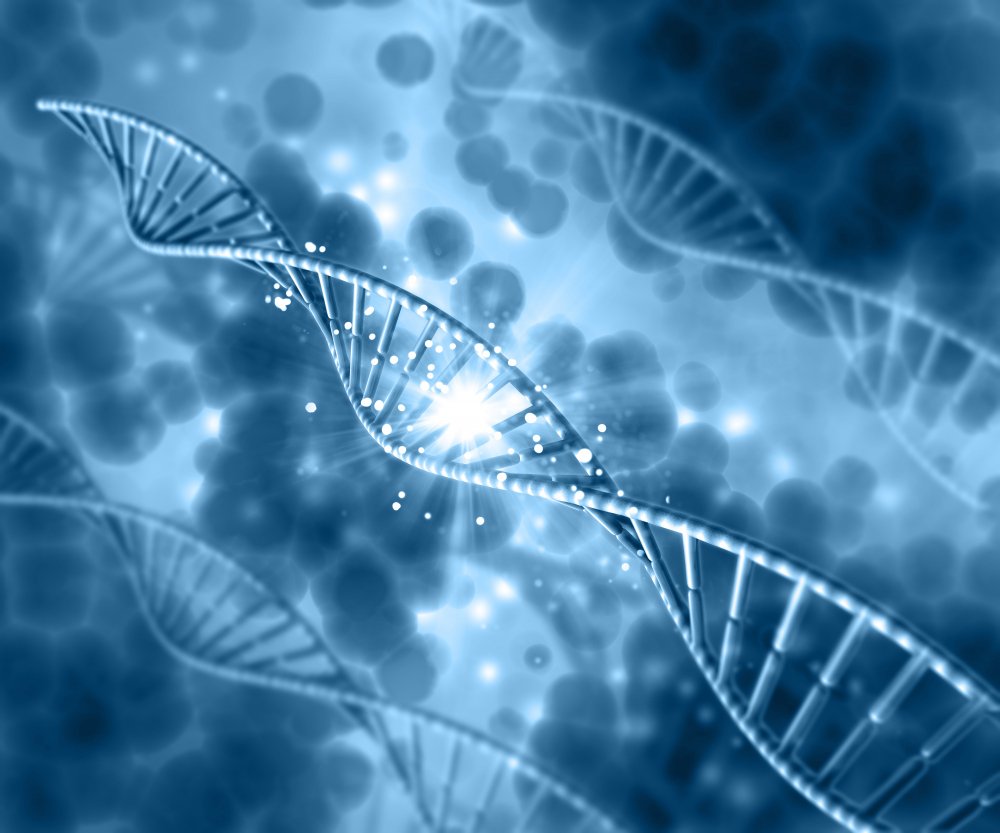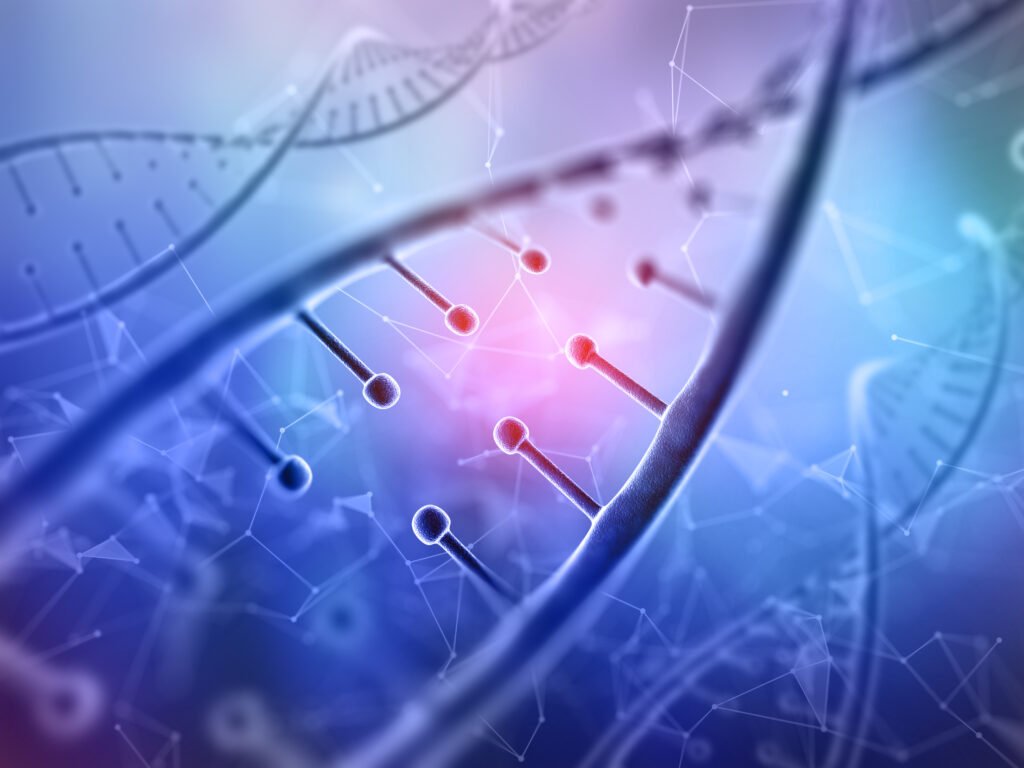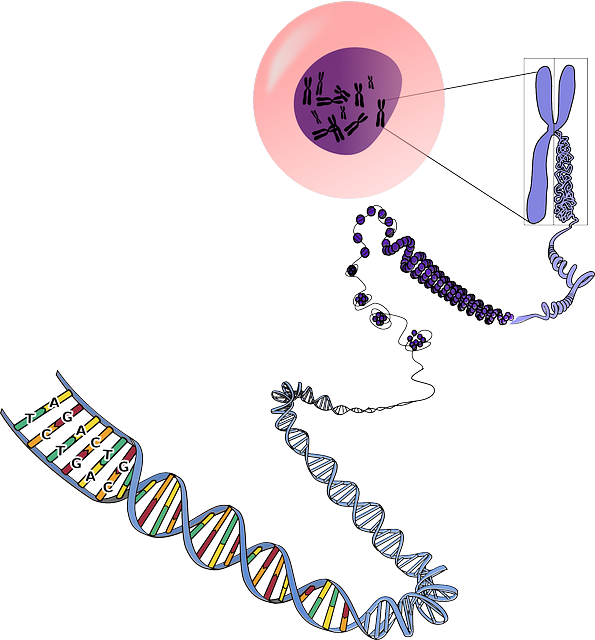Ribonucleic acid (RNA) may be a molecule that’s gifted within the majority of living organisms and viruses. it’s created of nucleotides, which are ribose sugars connected to chemical element bases and phosphate groups. The nitrogenous bases embody adenine, guanine, uracil, and cytosine. RNA principally exists in the fiber form, however, there are special RNA viruses that are double-stranded.

The RNA molecule can have a range of lengths and structures. an RNA virus uses RNA rather than polymer as its genetic material and might cause several human diseases. Transcription is the method of RNA formation from DNA, and translation is the process of macromolecule synthesis from RNA. This means that RNA synthesis and therefore the} means its functions differ between eukaryotes and prokaryotes. Specific RNA molecules also regulate gene expression and have the potential to function as therapeutic agents in human diseases.
RNA structure
RNA generally is a single-stranded biopolymer. However, the presence of self-complementary sequences withinside the RNA strand results in intrachain base-pairing and folding of the ribonucleotide chain into complicated structural bureaucracy such as bulges and helices. The 3-dimensional shape of RNA is important to its stability and feature, permitting the ribose sugar and the nitrogenous bases to be changed in several extraordinary methods with the aid of using mobile enzymes that connect chemical groups (e.g., methyl groups) to the chain.
Such changes permit the formation of chemical bonds among remote areas withinside the RNA strand, main to complicated contortions withinside the RNA chain, which in addition stabilizes the RNA shape. Molecules with vulnerable structural changes and stabilization can be comfortably destroyed. As an example, in an initiator switch RNA (tRNA) molecule that lacks a methyl group (tRNA Met), change at function fifty-eight of the tRNA chain renders the molecule risky and for this reason nonfunctional;
the nonfunctional chain is destroyed with the aid of using mobile tRNA pleasant manipulate mechanisms. RNAs also can shape complexes with molecules recognized as ribonucleoproteins (RNPs). The RNA part of as a minimum one mobile RNP has been proven to behave as a biological catalyst, a feature formerly ascribed handiest to proteins.
Function
The primary feature of RNA is to create proteins through translation. RNA incorporates genetic information which is translated through ribosomes into numerous proteins vital for mobile tactics. mRNA, rRNA, and tRNA are the 3 major varieties of RNA concerned with protein synthesis. RNA additionally serves because of the primary genetic cloth for viruses. Other features consist of RNA editing, gene law, and RNA interference. These tactics are achieved through a collection of small regulatory RNAs, which consist of small nuclear RNA, microRNA, and small interfering RNA.

Small Nuclear RNA
Small nuclear RNAs (snRNA) are non-coding RNAs that are responsible for splicing introns. The snRNAs be part of proteins to form small nuclear ribonucleoproteins (snRNP), which maximum commonly contain U1, U2, U4, U5, and U6 snRNA molecules. Spliceosome assembly and activity start once U1 of the snRNP binds a complementary series at the 5’ splice web page of a pre-mRNA transcript. Introns are then eliminated from the pre-mRNA transcript through the spliceosome complicated and mature mRNA forms.
MicroRNA
MicroRNAs (miRNA) are non-coding RNAs specifically concerned with gene regulation. They are ordinarily processed from introns and are transcribed into number one miRNA from the host gene through RNA polymerase II. They are then changed through endonucleases, including Drosha and Dicer right into a mature miRNA. Studies have proven that miRNAs that bind to an untranslated region (3’UTR) on mRNAs suppress translation, at the same time as miRNA binding to promoter areas can upregulate transcription. miRNAs also can feature in addition to hormones. They are launched into the extracellular fluid and brought up through goal cells for regulation of cellular activity. Additionally, researchers are analyzing those extracellular miRNAs as the ideal biomarkers for numerous diseases. Research has already shown circulating miRNAs to be involved in most cancers via their function in controlling oncogenes and tumor suppressors.
Small Interfering RNA
Small Interfering RNAs (siRNA) are double-stranded, non-coding RNAs that inhibit gene expression via RNA interference. They intervene with gene expression by degrading mRNA and stopping the interpretation of proteins. siRNAs shape from lengthy double-stranded RNAs with the help of Dicer. Once completely formed, siRNA binds to an RNA brought on silencing complicated (RISC) and cleaves mRNA via a catalytic RISC protein, Argonaute. Small interfering RNAs have the ability to be therapeutic agents for diseases because of their efficiency and ability to knock down genes. Unlike miRNAs, siRNAs can especially goal a gene of choice, and a single siRNA guide strand can function more than one time.
Types of RNA and their roles
The variety of RNA dictates the operation that this molecule will have at intervals in the cell. apart from the committal to writing region of ribonucleic acid (mRNA) molecules which will be translated into supermolecules, alternative cellular RNA components are concerned with several processes, that embrace transcriptional and post-transcriptional regulation of genetic material, temperature and substance sensing, translation management, and RNA turnover.
Transcription (DNA to mRNA)
Since polymer cannot leave the nucleus, it’s unable to come up with a protein on its own. The generation of proteins from their DNA coding sequence begins with a process referred to as transcription. throughout transcription, many accelerators, as well as helicase and topoisomerase, unwind polymer to supply access to a different enzyme called RNA enzyme. RNA polymerase travels on the uncoiled DNA strand to construct the template RNA molecule till it’s able to leave the nucleus.
(mRNA to protein) Translation
Once mRNA exits the nucleus and enters the living substance of the cell, it’ll notice a cell organ in order that the method of the translation will begin. A try of 3 ester bases of the mRNA molecule is cited as a sequence, and every codon is particular for less than one amino acid.
Fundamentals
Three main varieties of RNA are concerned with protein synthesis. they’re mRNA (mRNA), tRNA (tRNA), and ribosomal RNA (rRNA).

mRNA: mRNA is transcribed from polymer and contains the genetic blueprint to form proteins. organism mRNA doesn’t ought to be processed and might proceed to synthesize proteins immediately. A freshly transcribed RNA transcript in eukaryotes is considered a pre-mRNA and wishes to endure maturation to make mRNA. A pre-mRNA contains non-coding and writing regions referred to as introns and exons. throughout pre-mRNA processing, the introns are spliced, and the exons are joined together. A 5’ cap known as 7-methylguanosine may be added to the 5’ finish of the RNA transcript and the 3’ end is polyadenylated. Polyadenylation refers to the method wherever a poly(A) tail, that is a sequence of A nucleotides, is extra to the transcript. The 5’ cap protects the mRNA from degradation, and the 3’ poly(A) tail contributes to the soundness of mRNA and aids it in transport. Researchers are studying mRNA as an anti-cancer treatment due to its ability to modify cells.
tRNA: tRNAs are RNA molecules that translate mRNA into proteins. they need an interchange structure that consists of a 3’ acceptor website, 5’ terminal phosphate, D arm, T arm, and anticodon arm. the first operation of an acceptor RNA is to carry amino acids on its 3’ acceptor site to a cell organ advanced with the assistance of aminoacyl-tRNA synthetase. Aminoacyl-tRNA synthetases are enzymes that load the acceptable organic compound onto a free tRNA to synthesize proteins. Once an amino acid is guaranteed to tRNA, the tRNA is taken into account Associate in Nursing aminoacyl-tRNA. the sort of organic compound on a transfer RNA depends on the mRNA sequence, which may be a sequence of 3 nucleotides that codes for an amino acid. The anticodon arm of the tRNA is the website of the anticodon, which is complementary to an mRNA codon and dictates which amino acid to carry. tRNAs conjointly regulate necrobiosis by acting as a cytochrome scavenger.
rRNA: rRNA forms ribosomes, which are essential in macromolecule synthesis. A ribosome contains a large and little ribosomal monetary unit. In prokaryotes, a small 30S and large 50S ribosomal subunit form up a 70S ribosome. In eukaryotes, the 40S and 60S monetary unit type an 80S ribosome. The ribosomes contain an exit (E), peptidyl (P), and acceptor (A) website to bind aminoacyl-tRNAs and link amino acids along to form polypeptides.
RNA vs DNA
There are 2 distinct sorts of nucleic acid: DNA and RNA. The supermolecule of DNA is a saccharide, whereas the nucleic acid of RNA is ribose. As incontestable by their names, the deoxyribose of DNA lacks one O molecule as compared to the ribose sugar of RNA. The nucleotides that comprise DNA embrace purine (A), purine (G), C (C), and T (T), whereas RNA nucleotides include A, G, C, and U (U).
While the structure of DNA may be a double-helix in being cells, RNA is often fiber and comes in numerous forms. The single-stranded structure of RNA permits this molecule to fold back on itself and kind numerous stable secondary structures as necessary.
Genetics
Compilation of the highest interviews, articles, and news within the last year.Download a duplicate today
During translation, soluble RNA (tRNA) molecules, that are connected to a selected aminoalkanoic acid, can acknowledge a sequence on the template RNA molecule and insert the suitable amino acid at that location at intervals in the strand. For example, the codon CUC will sequence rate the amino acid leucine, whereas the codon UGA is one variety of stop codons that indicates the interpretation of the gene has been completed. The other 2 stop codons are UAG and UAA.
Ribosomes contain each protein and several other completely different ribosomal RNA (rRNA) molecules. Once amino acids are generated, rRNA molecules can move on the template RNA molecule to change the state of the formation of proteins. it’s vital to notice that mRNA, tRNA, and rRNA all play important roles during this protein-synthesizing pathway.
The biological catalyst as an RNA
Although it absolutely was widely believed for several years that solely proteins may be enzymes, sure RNA molecules have been shown to adopt complicated tertiary structures and act as biological catalysts. For example, rRNA molecules will operate as ribozymes throughout the translation.
Ribozymes, which are enzymes comprised of RNA molecules instead of supermolecules, exhibit several of the options of a classical enzyme, adore an energetic website, a binding site for a substrate, and a binding site for a cofactor, such as a metal ion. Ribozymes link amino acids during protein synthesis, still as taking part in RNA splicing, soluble RNA biosynthesis, and infective agent replication.
One of the first ribozymes to be discovered was ribonuclease P, a ribonuclease that’s concerned with generating tRNA molecules from larger, precursor RNAs. RNase P is composed of each RNA and protein; however, the RNA moiety alone is that the catalyst.
